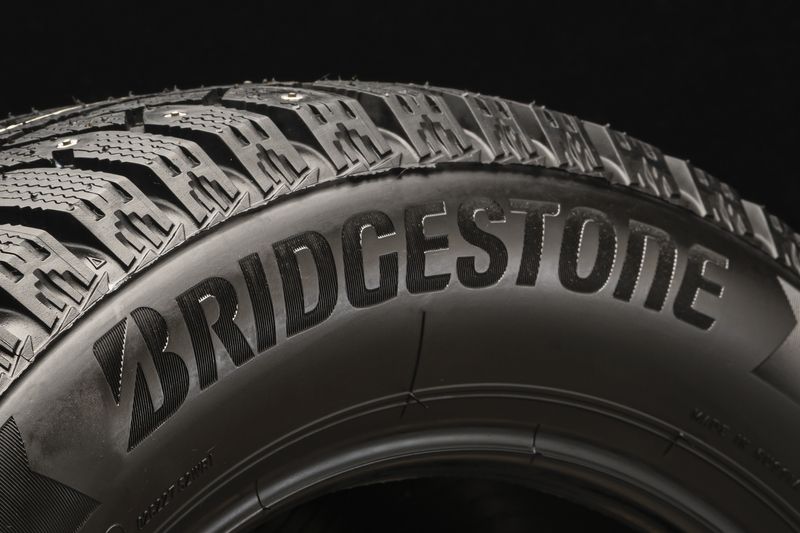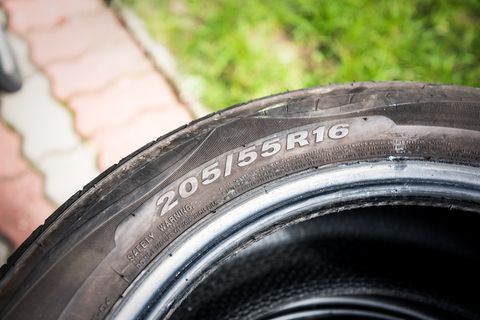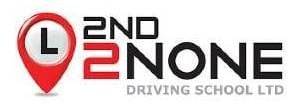Vehicle Tyre Guide

Tyres are one of the the most important parts of your car. Your tyres are what allow your car to stay on the road and can greatly effect both its performace and handling. There are many factors that govern what makes a good, safe and legal tyre. Using illegal tyres can land you with a hefty fine and points on your driving licence.

First you need to understand what the numbers and letters on your tyre mean
Before you can choose a new car tyre, you’ll need the exact measurements for your car’s tyres. This information is printed on the sidewall of a tyre.
205: the tyre’s width, in mm
55: the tyre’s side profile, as a percentage of the width (a smaller number here indicates a ‘low profile’ tyre)
R16: the diameter of wheel the tyre will fit, in inches
Your tyres will also have a speed rating, your average car will have fitted tyres with a speed rating of S, T or H, but for the more high performace vehicles they have need a higher speed rating of V. W or Y each offering a higher speed
SPEED RATING
- S 112 MPH
- T 118 MPH
- U 124 MPH
- H 130 MPH
- V 149 MPH
- W 168 MPH
- Y 186 MPH
There are many different tyre manufacturers in the world and plenty of diffents types of tyre to choose from. You have, Avon, Bridgestone, Continental, Dunlop, Firestone, Goodyear, Hankook and Michelin, which are the more well known brands on the market right now but there are plenty of budget tyre manufacturers as well. The various types of tyres are listed below
- All Season Tyres - All season tyres are constructed using a combination of summer and winter tyre technology. They provide an adequate performance in all seasonal conditions, however they are not optimised for summer or winter in the same way as dedicated seasonal tyres.
- Summer Tyres - Also known as standard tyres, summer tyres are designed to offer high levels of performance and are optimised to cope in temperatures above 7°c. They have a softer rubber compound to enhance stability and grip and they sport a tread pattern that provides resistance against aquaplaning.
- Winter Tyres - Winter tyres have a large number of grooves and sipes to offer greater traction and grip on snowy, icy and wet surfaces. They are optimised to remain flexible when temperatures drop to provide safety.
- Part Worn Tyres - Considering purchasing part worn tyres for your vehicle? Whilst legal in the UK, 98% of part worn tyres are sold illegally and the majority of tyres sold contain highly dangerous forms of damage.
- Remoulded Tyres - Retread tyres are made using existing tyres with worn treads. These tyres have their threadbare tread and sidewalls removed and have new rubber moulded to the sturdy tyre carcass. Remould tyres are made to high quality standards and are heavily tested and regulated by the ECE to ensure they are safe to drive.
- Budget Tyres - Debating buying budget or premium manufacturer tyres for your vehicle? Make sure you take all factors into consideration before you make your purchase. Budget tyres can usually offer an adequate performance on the road, however, when it comes to aquaplaning resistance, cornering and handling, premium tyres have been built to excel.
- Run Flat Tyres - Run flat tyres have been designed to protect your safety on the road if you suffer a puncture whilst driving. They have thicker, reinforced sidewalls than that of regular tyres and this enables them to be driven on for a short distance following a puncture.
- Energy Saving Tyres - Energy saving tyres are tyres that have been built specifically to have low levels of rolling resistance to reduce fuel consumption, resulting in better fuel economy for motorists and a decrease in the associated CO2 emissions.
- High Performance Tyres - High performance tyres are tyres that have been optimised to provide quick response, enhanced grip and the ability to cope with high speed. These tyres have derived from extensive research by premium manufacturers and technology from their time in the motorsport segment.
Although all tyres may look the same, they are manufactured with varying prints and patterns to meet different driver needs. Each tyre pattern has its own safety and performance advantages and it is important that you choose one that best suits your specifications.
